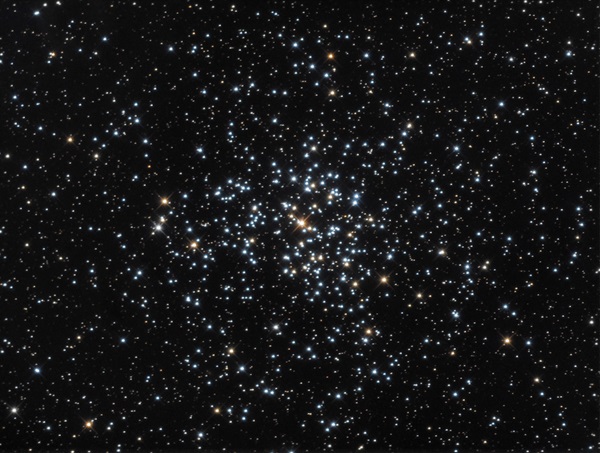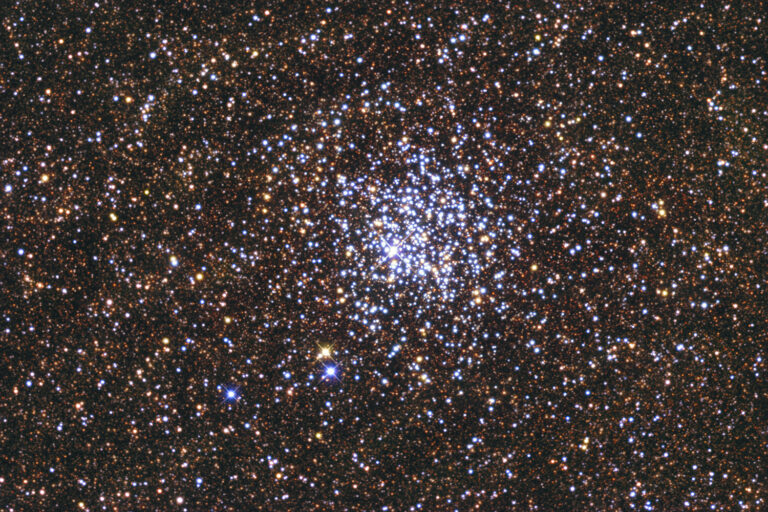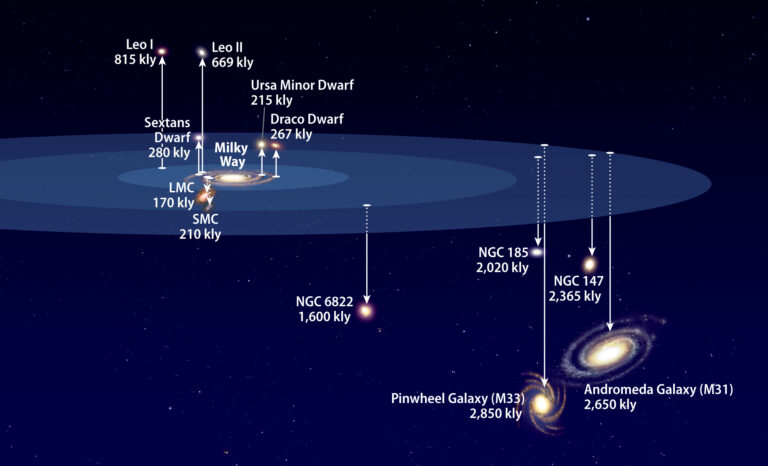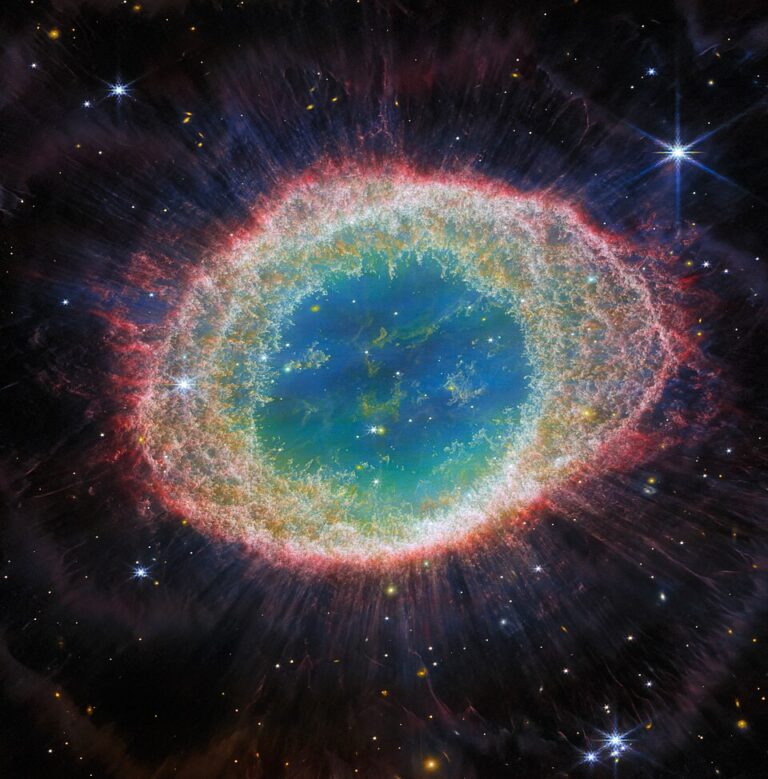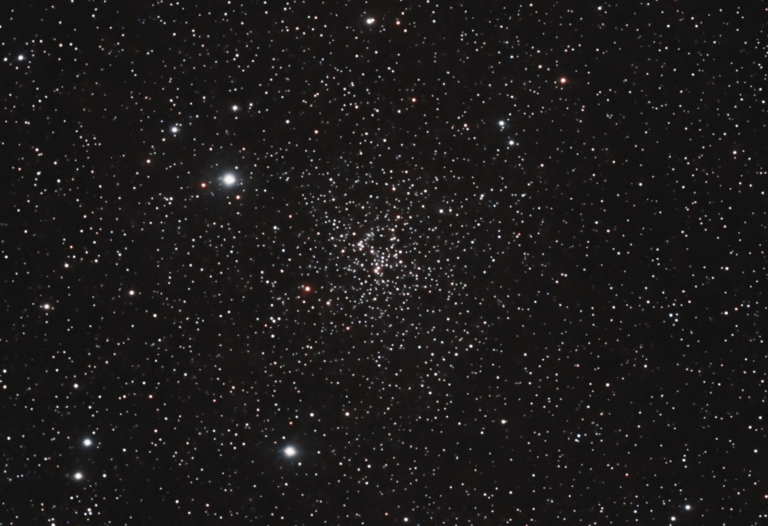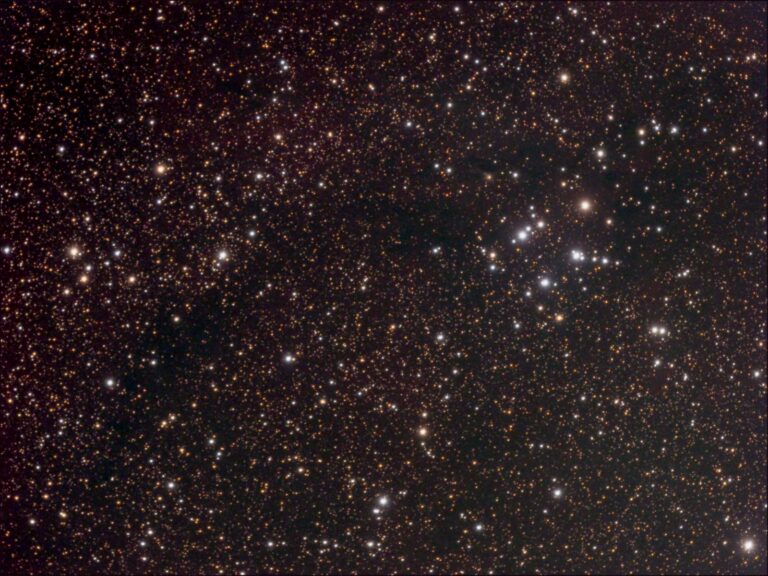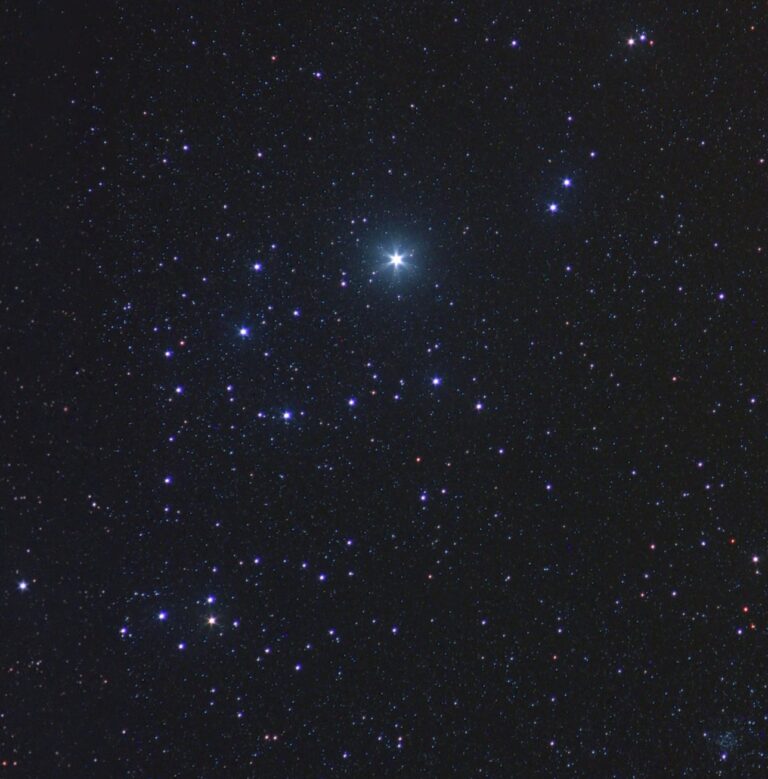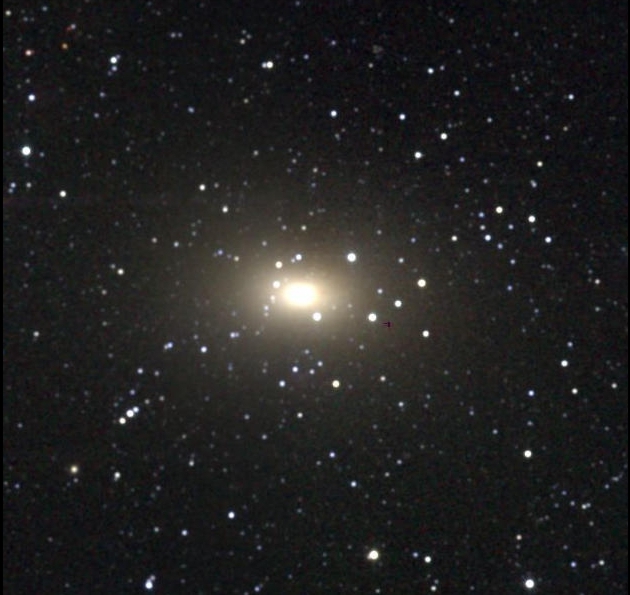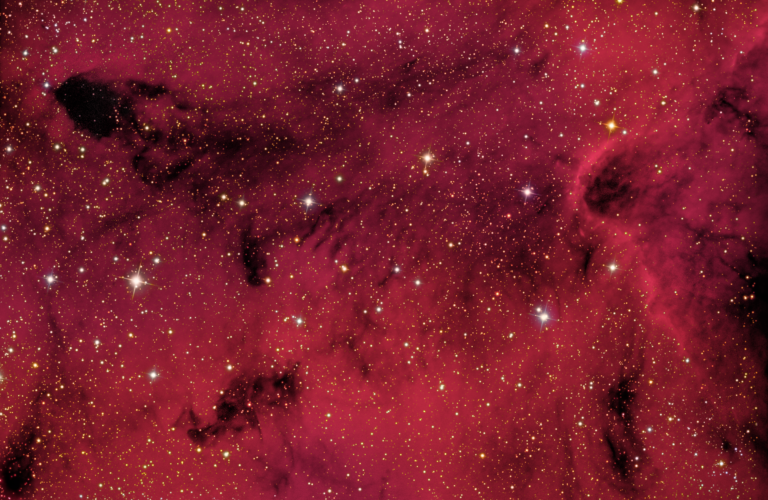Key Takeaways:
While Charles Messier found M37 (along with M36) on Sept. 2, 1764, he wasn’t the first to discover this cluster. Giovanni Battista Hodierna (sometimes spelled Odierna) had noted it — along with M36 and M38 — 110 years earlier in a book on cometary and non-cometary celestial objects.
The premier open cluster in Auriga, M37 is the richest of the Charioteer’s three Messier clusters, with about 150 stars brighter than magnitude 12.5 packed in a region 24′ across. Its integrated magnitude is listed between 5.6 and 6.2 — bright enough to see with the naked eye. Look for it outside of the pentagonal outline of the constellation. If you draw a line between Theta (θ) Aurigae and Beta (β) Tauri, M37 lies slightly northeast of its midpoint.
Auriga lies on the galactic plane in the opposite, or antipodal, direction of our galaxy’s nucleus, located in Sagittarius. Sitting at the inner edge of the Milky Way’s Perseus Arm, M37 is 4,500 light-years away. By comparison, the intrinsically more luminous Owl Cluster (NGC 457; see #55) is only slightly fainter in apparent brightness, but some 3,400 light-years more distant, in the outer Perseus Arm.
M37 is visible as a nebulous patch in binoculars and small scopes. In a 3-inch scope, the brightest stars are apparent; with increasing aperture, more stars become visible. In a 6-inch telescope at low power, you may see some 25 stars. With higher magnification in the same scope, the number increases to more than 40. The fainter members crowd the field of view in large instruments, adding to the already rich foreground stars.
At an estimated 300 million to 500 million years old, one might consider this cluster on the older side of middle age. Compare that to its less mature neighbors: M38 is 220 million years old, while M36 is an even younger 25 million years old. M37 has orbited the Milky Way twice in its lifetime, yet it still maintains a dense pack of members. About a dozen of its stars have evolved into red giants, so look for some color sprinkled in the mix.
Make sure to explore Astronomy’s full list of 101 cosmic objects you must see. New entries will be added each week throughout 2022.
To get the latest astronomical news and observing content delivered directly to your door, subscribe to Astronomy magazine today!

